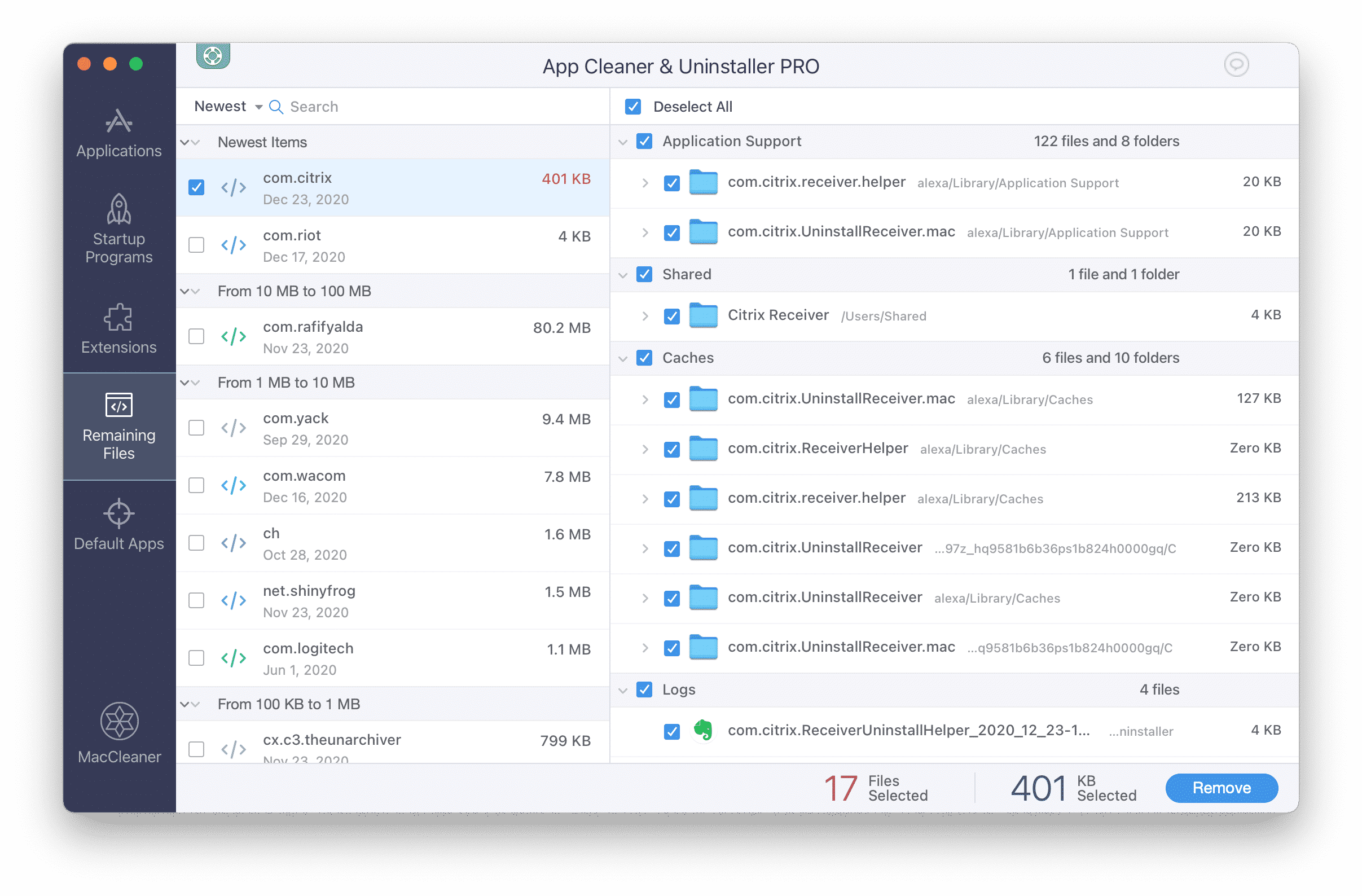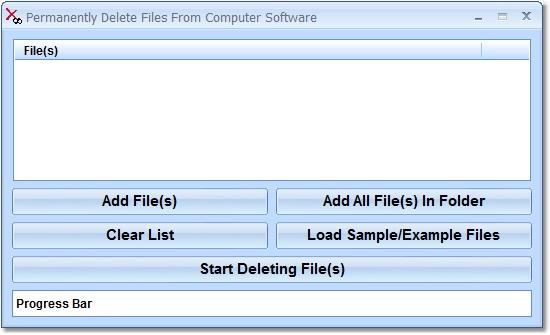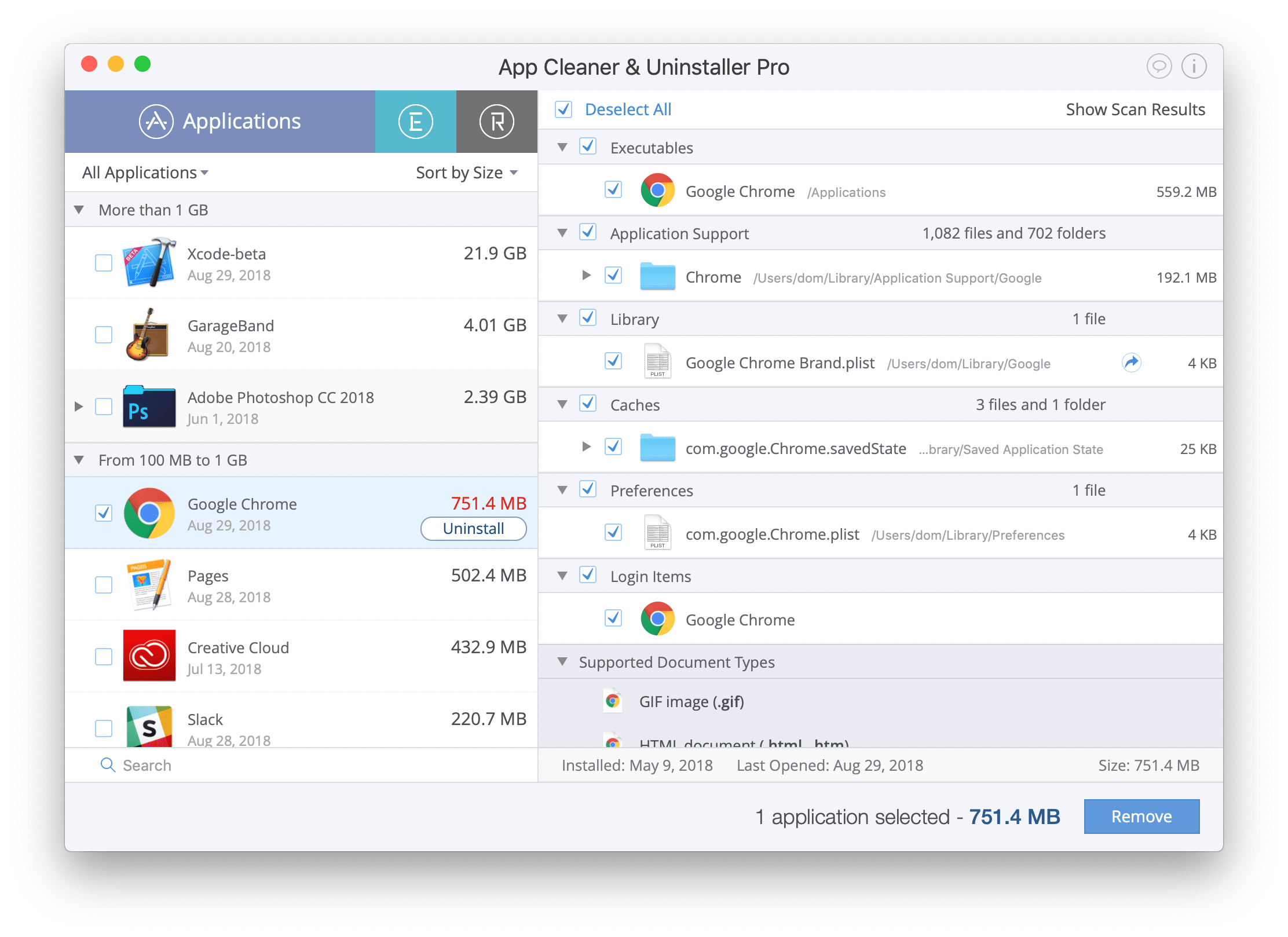

- How to delete downloaded programs on mac how to#
- How to delete downloaded programs on mac install#
- How to delete downloaded programs on mac update#
- How to delete downloaded programs on mac software#
- How to delete downloaded programs on mac password#
Even deleting the app(s) through AppCleaner won’t always eliminate leftover files. These utilities can make it difficult to uninstall the apps fully.Īdobe is notorious for making it unnecessarily harder to uninstall everything.
How to delete downloaded programs on mac update#
These apps have update or helper utilities installed alongside the apps themselves.
How to delete downloaded programs on mac install#
Sometimes, apps will come with their own install utility - and a corresponding uninstall utility. Then, all you have to do is click the switch to turn it on! Method 4: Using an App’s Dedicated Installer
How to delete downloaded programs on mac how to#
Related reading: How to Close Apps on MacBook: All 4 Methods Step-by-Step Method 1: Deleting From the Applications Folder It may feel weird, but you’ll eventually get used to it. So yes, if you have a Mac, you can pretty much use “delete” and “uninstall” interchangeably. Yes - on macOS, deleting an app is equivalent to uninstalling it. This next fact may seem weird, but on macOS, uninstalling apps can be as simple as deleting them. On Windows machines, you have to navigate to an app’s uninstaller program or the add or remove programs utility to remove apps from your computer. The main question you’re probably asking is - what’s the difference? uninstalling applications on Mac computers.
How to delete downloaded programs on mac software#
Uninstalling Apps from Your Macīefore we talk about how to uninstall software on Mac, let’s first look at deleting vs.

You can also use a third-party app to completely uninstall an app including its orphan files. How to Uninstall an App Using a Third-Party Uninstaller? Click on the X and select the Delete option to confirm. Click and hold the app you mean to uninstall. Open the Launchpad app available in your Applications folder. How to Uninstall an App Using the Launchpad? Go inside each folder to find the files related to the app you deleted and then delete the same.īe careful of not deleting any wrong files from the Library as that could harm your other app by slowing them down, wiping information, etc.

Inside the Library, you will find a cluster of folders including some files related to the deleted app. Hold down on the Alt/Option key to fetch the Library option and then click on it. To get rid of these files open Finder and select Go in the menu bar. You may also open Trash and click on Empty followed by confirm.Īlthough you have uninstalled the app you have not gotten rid of all the files associated with it like framework, cache, and PLIST files.

Right-click on the Trash icon and choose Empty Trash.
How to delete downloaded programs on mac password#
Usually, the app will be in the Applications folder but if you are unable to locate it use either Finder or Spotlight.ĭepending on the app you are uninstalling, you could be asked to enter your admin password to dispose of the files properly in Trash. How to Uninstall Apps & Their Files Manually?įind the app you wish to delete and drag it to Trash. Follow the instructions to remove the app. Double-click on the uninstaller tool of the app. If the app is not in a folder it is unlikely to have an uninstaller. Open the folder of the app you want to delete. Some apps like Adobe’s Flash Player have uninstallers that can be downloaded off the Internet. For instance, most Adobe products and Flip4Mac come with an uninstaller. Use dedicated uninstallers if the app you plan of deleting has an uninstaller. How to Completely Uninstall an App on Mac? Fortunately, there are a couple of ways to completely delete an app and its residual files and folders. The main app may be gone when you drag and drop an app into the Trash, then empty it but it leaves behind several associated files and folders. Get to know how to completely uninstall an app on Mac correctly because it is not as straightforward as you may think.


 0 kommentar(er)
0 kommentar(er)
